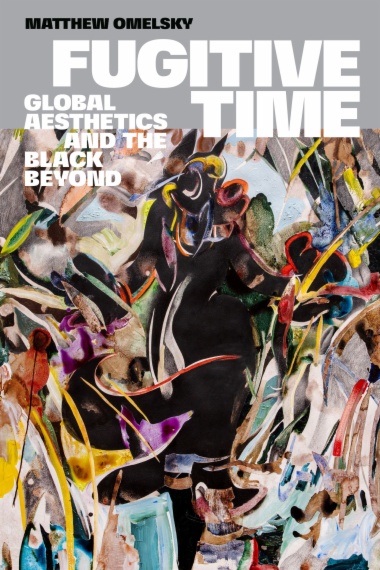In Fugitive Time, Matthew Omelsky theorizes the embodied experience of time in twentieth- and twenty-first-century black artforms from across the world. Through the lens of time, he charts the sensations and coursing thoughts that accompany desires for freedom as they appear in the work of artists as varied as Toni Morrison, Yvonne Vera, Aimé Césaire, and Issa Samb. “Fugitive time” names a distinct utopian desire directed at the anticipated moment when the body and mind have been unburdened of the violence that has consumed black life globally for centuries, bringing with it a new form of being. Omelsky shows how fugitive time is not about attaining this transcendent release but is instead about sustaining the idea of it as an ecstatic social gathering. From the desire for ethereal queer worlds in the Black Audio Film Collective’s Twilight City to Sun Ra’s transformation of nineteenth-century scientific racism into an insurgent fugitive aesthetic, Omelsky shows how fugitive time evolves and how it remains a dominant form of imagining freedom in global black cultural expression.
- Cover
- Contents
- Acknowledgments
- Introduction. Black Beyondness
- 1. Toni Morrison’s Anachronic Ease
- 2. Aimé Césaire, Wifredo Lam, and the Aesthetics of Surging Life
- 3. Black Audio’s Archival Flight
- 4. Sun Ra, Issa Samb, and the Drapetomaniacal Avant-Garde
- Gallery
- 5. Yvonne Vera, Noviolet Bulawayo, and the Imminence of Dreaming Air
- Coda. Fugitive Ether
- Notes
- Bibliography
- Index

